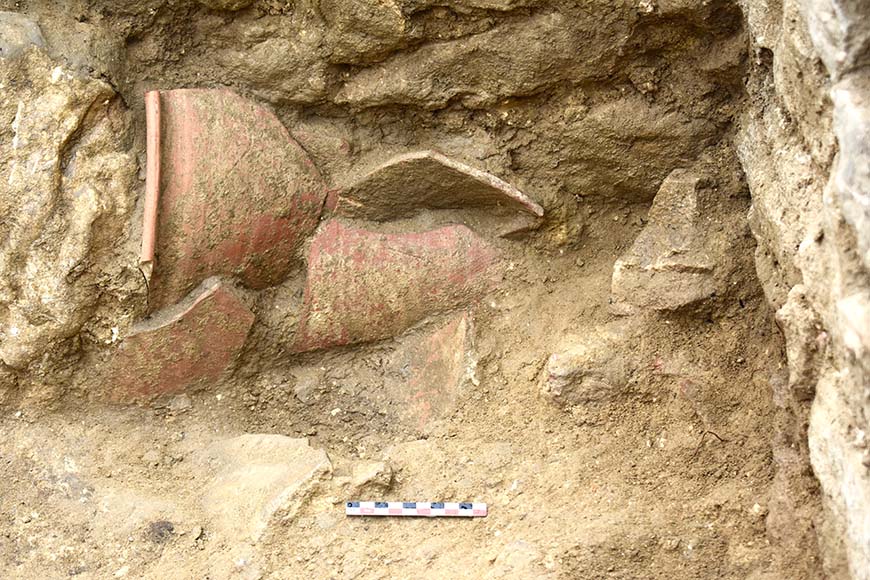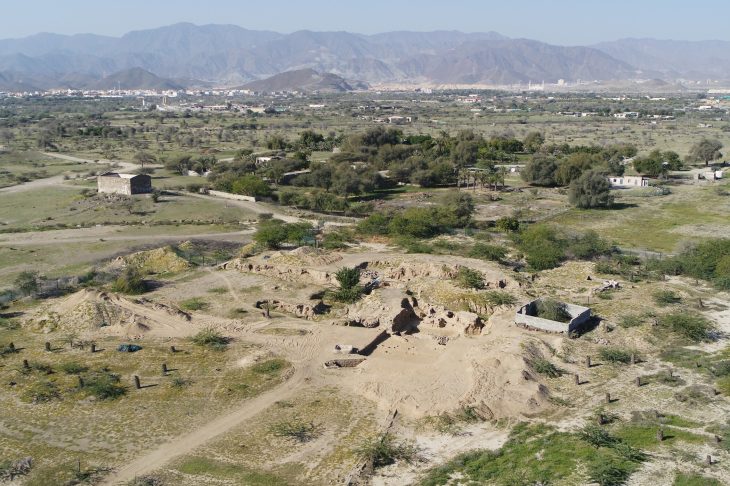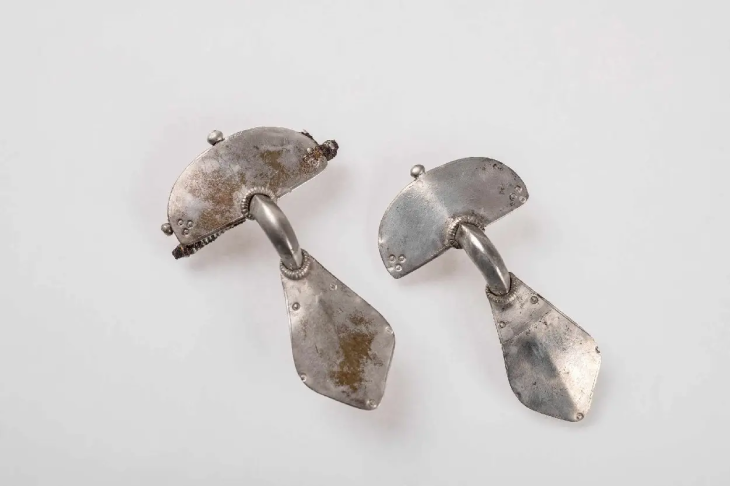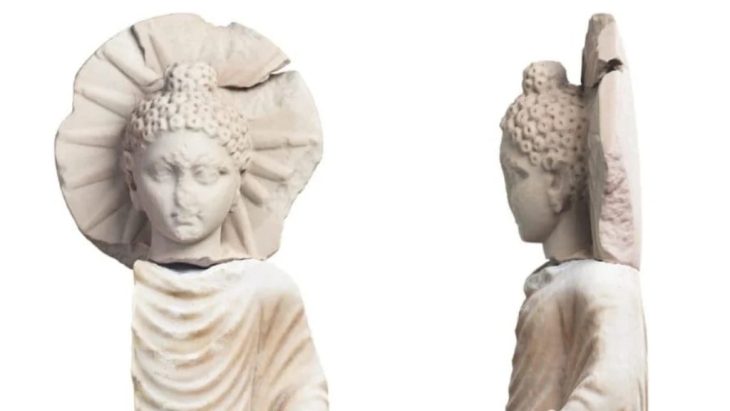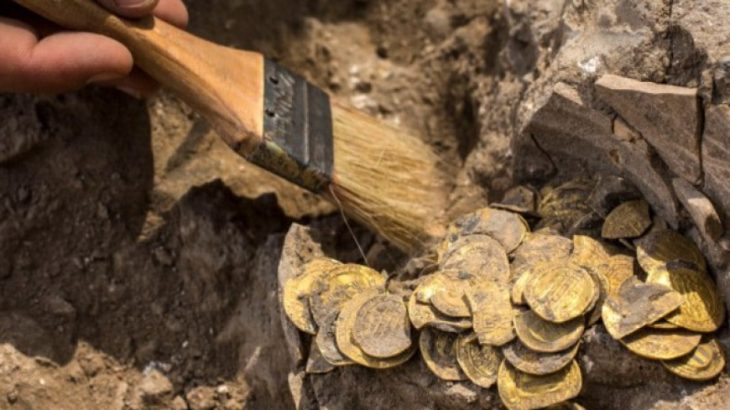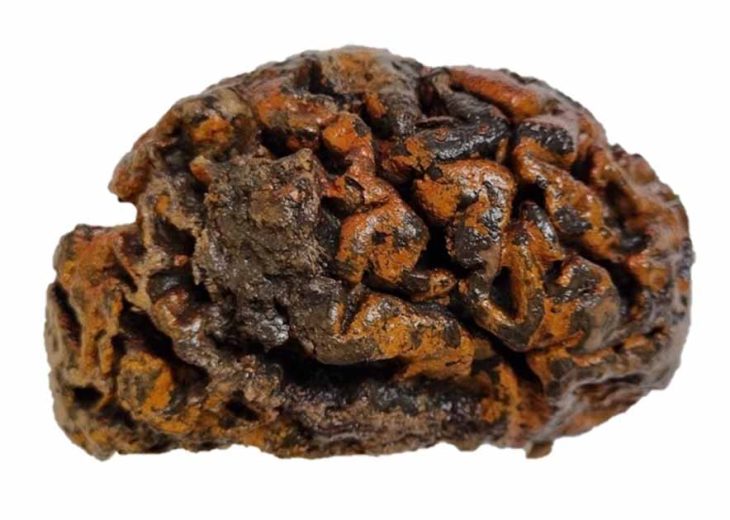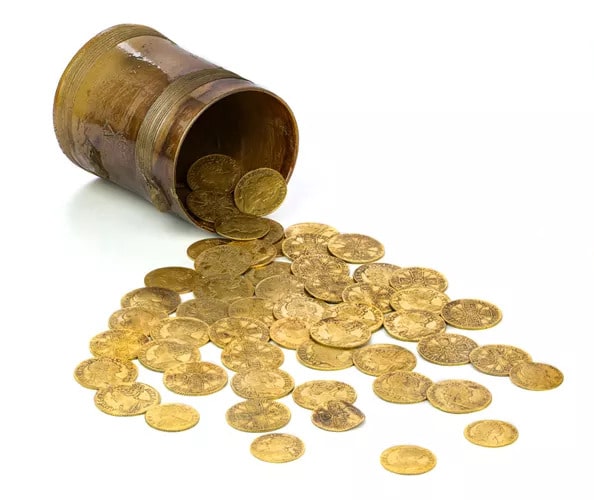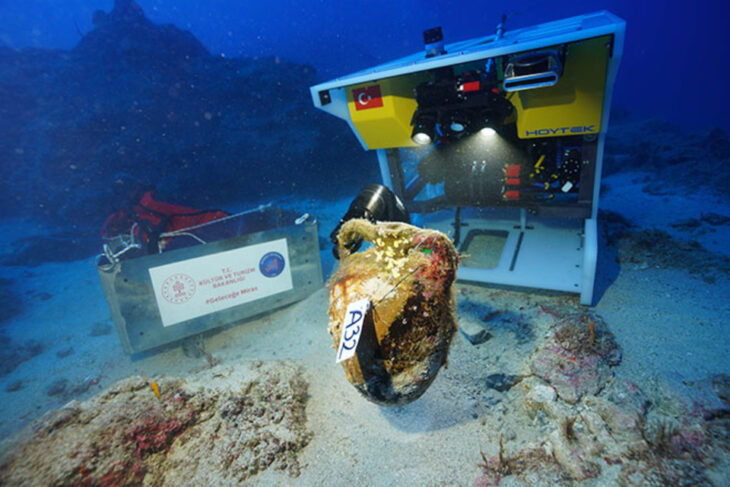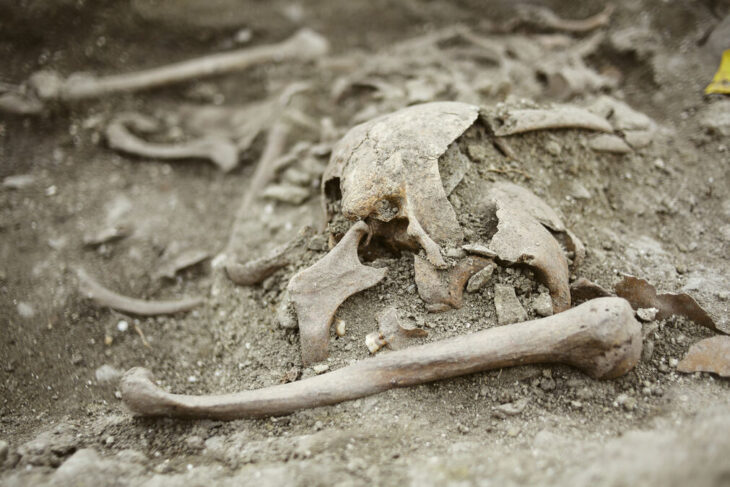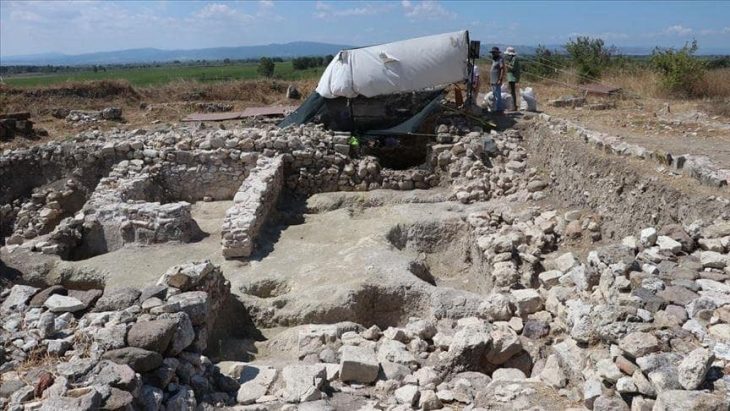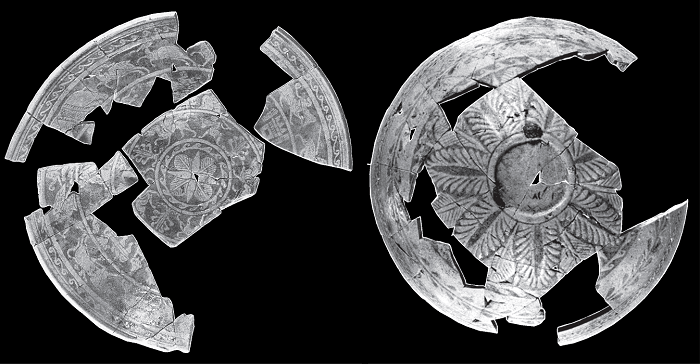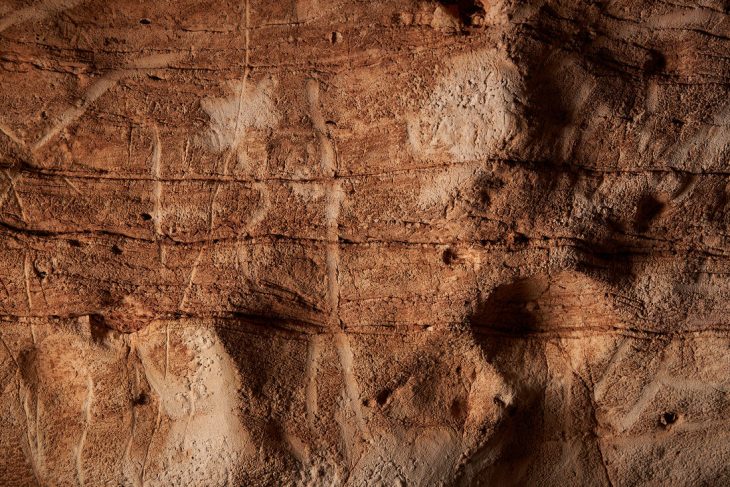New research published today reveals how archeologists can determine when a pot was used by Romans as a portable toilet, known as a chamber pot.
In a new study published in the Journal of Archaeological Science, researchers from the University of Cambridge analyzed a layer of crusty material formed on the inside of ceramic pots, found in a Roman villa from the 5th century in Sicily.
“Conical pots of this type have been recognized quite widely in the Roman Empire and in the absence of other evidence they have often been called storage jars. The discovery of many in or near public latrines had led to a suggestion that they might have been used as chamber pots, but until now proof has been lacking,” says Roger Wilson, a professor in UBC’s department of Classical, Near Eastern and Religious Studies who directs the Gerace archaeological project in Sicily where the pot was found.
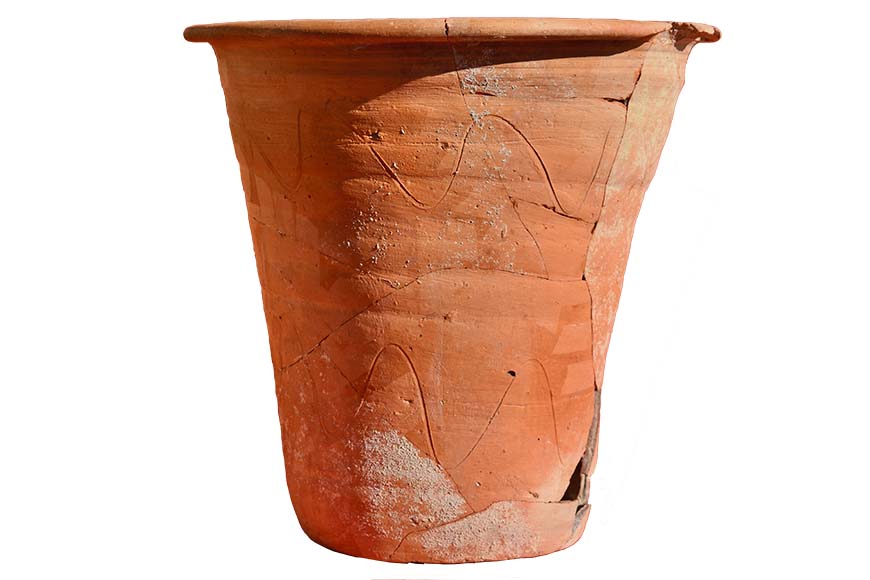
Using microscopy to identify intestinal parasites, the team from the Ancient Parasites Laboratory identified 1,500-year-old from the eggs of whipworm, confirming that the vessel had once contained human feces.
Whipworms live on the lining of our intestines and lay eggs that become mixed with human feces. These would have been deposited in the chamber pot and eventually entombed in concretions created by the minerals found in urine and feces to the inner surface.
“We found that the parasite eggs became entrapped within the layers of minerals that formed on the pot surface, so preserving them for centuries,” said co-author Sophie Rabinow, of the Cambridge team.
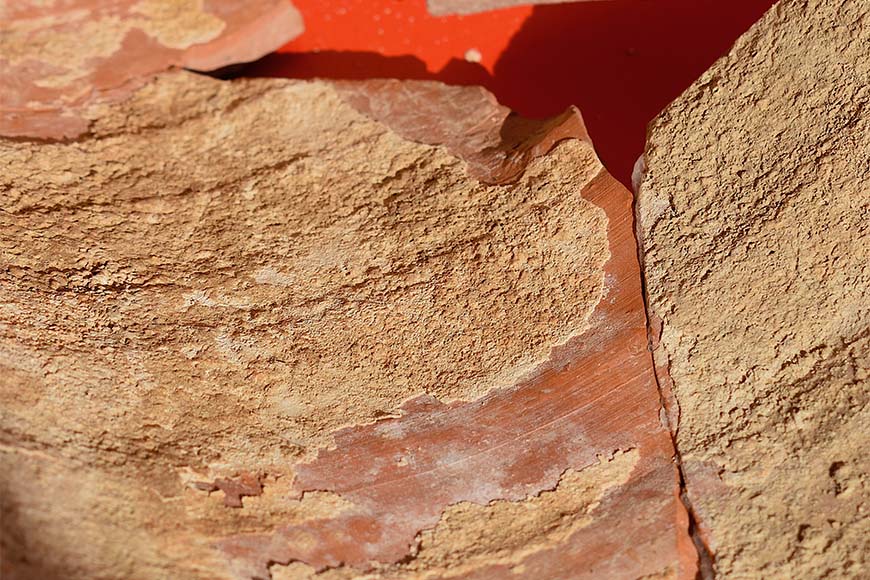
This is the first time that parasite eggs have been identified from concretions inside a Roman ceramic vessel and confirms the Gerace pot must have been used to contain human feces.
Although the measurements of the Gerace chamber pot (31.8 cm high with a diameter of 34cm at the rim) indicate it could have been used for sitting on, it was more than likely used in conjunction with a wickerwork or timber chair under which the chamber pot was set.
Piers Mitchell, the parasites expert who led the study in the laboratory, says: “This pot came from the baths complex of a Roman villa. It seems likely that those visiting the baths would have used this chamber pot when they wanted to go to the toilet, as the baths lacked a built latrine of its own. Clearly, convenience was important to them.
The Gerace research project is funded by the Social Sciences and Humanities Research Council of Canada, under a permit granted by Regione Siciliana.

